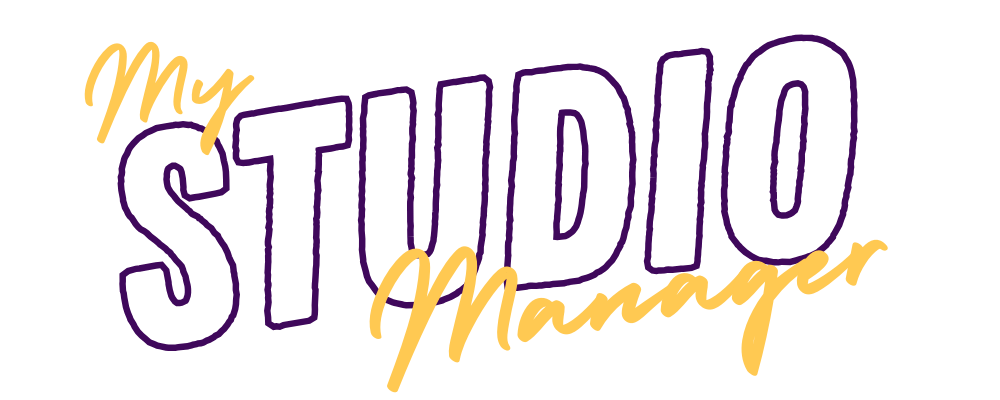Client Portal vs Memberships
The CRM Memberships
Overview
Memberships within the CRM are primarily focused on content delivery, such as courses or community groups. This feature allows for the creation, customization, and sale of courses, providing a comprehensive tool for educational or informational product offerings.
Detailed Explanation
Dashboard: The central hub where you can view opt-ins, members, sales, and checkouts over the last 30 days.
Products: Here, you can create and manage your courses. For instance, setting up a new course involves defining its structure, including episodes and categories, and uploading content like videos.
Customization: Beyond content, courses can be personalized in various ways. You can edit course details, change thumbnails, and even customize the course landing page to match your branding.
Selling Your Course: Once your course is ready, the CRM provides tools to help you market and sell your product, tracking sales and member engagement through the analytics section.
The CRM Client Portal
Overview
The client portal acts as a client-side interface, allowing clients and leads to access their accounts, affiliate commissions, community groups, and enroll in membership courses. It serves as a centralized platform for interaction and engagement.
Detailed Explanation
Access and Setup: Located under the "Sites" section, the client portal is set up on a subdomain. It's customizable, allowing you to adjust branding elements like company name and color schemes.
Functionality: Clients logging into the portal can access the courses they are enrolled in, view community groups, and check their affiliate commissions. This makes it an essential tool for businesses looking to provide a seamless client experience.
Customization: You can personalize the client portal by changing its branding to match your company's visual identity. This includes modifying colors, logos, and other design elements.
Key Differences and How to Use Them Together
Purpose: While memberships focus on content creation and management, the client portal is designed for client interaction and access.
Integration: Courses created in the memberships section can be accessed by clients through the client portal, linking the two features seamlessly.
Customization: Both features offer customization options, but they serve different ends—memberships for course design and client portals for user experience.
Troubleshooting and FAQs
Can I customize the client portal for each client? While broad customization is possible, individual client customization is limited to the information and courses they have access to.
What if my clients can't access their courses? Ensure they are correctly enrolled in the course and that there are no restrictions set that might prevent access.
